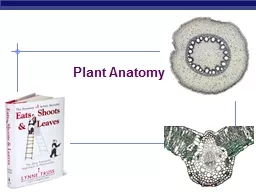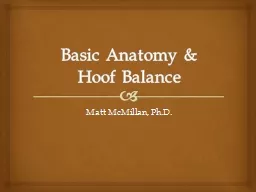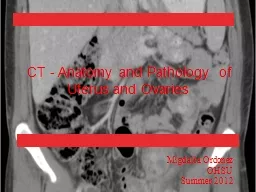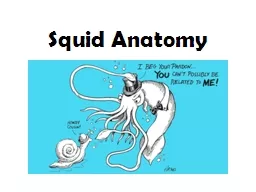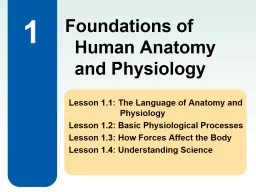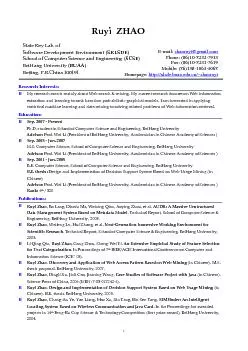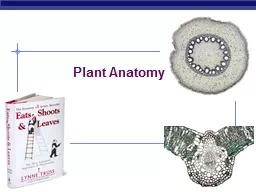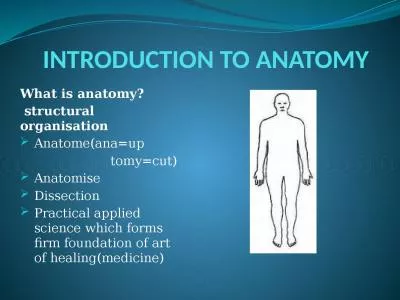PPT-2006-2007 Plant Anatomy
Author : cheryl-pisano | Published Date : 2019-11-28
20062007 Plant Anatomy Basic plant anatomy 1 root root tip root hairs Roots Roots anchor plant in soil absorb minerals amp water amp store food fibrous roots 1 mat
Presentation Embed Code
Download Presentation
Download Presentation The PPT/PDF document "2006-2007 Plant Anatomy" is the property of its rightful owner. Permission is granted to download and print the materials on this website for personal, non-commercial use only, and to display it on your personal computer provided you do not modify the materials and that you retain all copyright notices contained in the materials. By downloading content from our website, you accept the terms of this agreement.
2006-2007 Plant Anatomy: Transcript
Download Rules Of Document
"2006-2007 Plant Anatomy"The content belongs to its owner. You may download and print it for personal use, without modification, and keep all copyright notices. By downloading, you agree to these terms.
Related Documents

